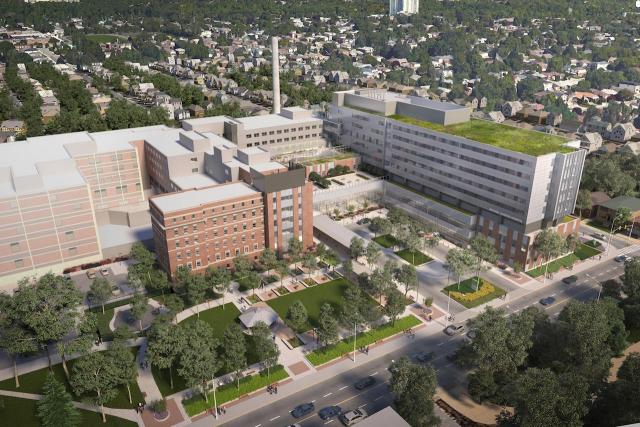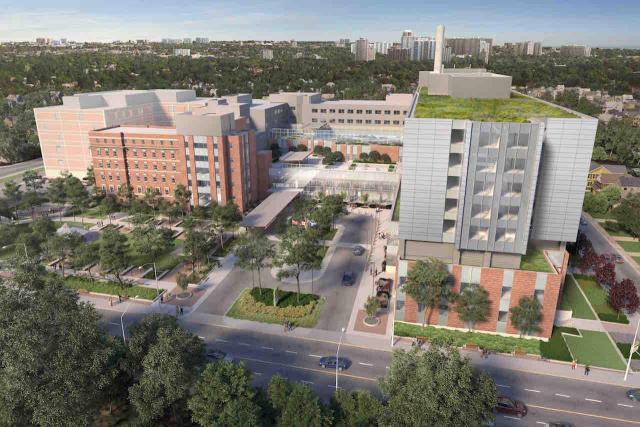I think the concerns about naming are legitimate. Which is not to suggest 'naming' in this fashion has to be banned.
Lets start with the least serious issue. That act itself of renaming for a donor.
Would everyone be equally comfortable if 'Ashley Madison' had effectively purchased naming rights to the hospital?
If the answer is no; then you've agreed that at least some guidelines are in order.
There is the further concern, that name changes come at a cost, both in dollars (hundreds of thousands minimum for signage, website, letterhead, uniforms and so on) but also in
confusion by patients, or other medical professionals; more so if naming rights are to be regularly up for auction (think O'Keefe Centre, no Hummingbird Centre, no Sony Centre).
Should naming rights only be allowed once per 25 years? I'm not sure. But I certainly don't think it wise to endlessly re-sell them.
***
I think the more serious issue, however, is that private funding can often come with three deleterious side effects.
The first, is how much is invested in fundraising and paying fundraisers, and servicing large donors.
This can be many millions of dollars, per hospital, per year. The amount of $ being diverted from case is often shockingly high, and doesn't pay for itself as handsomely as one might think.
The second is that donors can cause a skewing of priorities, this is more typically an issue with research-focussed donations, but is by no means limited to them.
The third is that the private money can cover up a shortage of essential government support. The challenge with that is that when (no if) that private support abates, the system will find itself with crises galore.
I'll add a bonus one, straight waste of dollars.
The example I will give is MRIs and CT Scanners. The province doesn't pay for these, instead foisting on hospitals to fundraise for them.
Aside from the inherent inequality in that system (poorer community waits longer, to get less care); there is the additional issue that the hospital is then buying one scanner only and has no negotiating
power with the vendor.
That may mean, for instance, than an MRI could be upwards of $4,000,000
If that same device were ordered by the province, as part of a bulk tender for all hospitals, say ten at a time.
The probable savings would be at least $500,000 per device, or $5,000,000 which could be reinvested back into patient services.
****
None of the above precludes the notion of recognizing an exceptionally generous donation.
But I think it does suggest that there ought to be some limitations how that is done.




